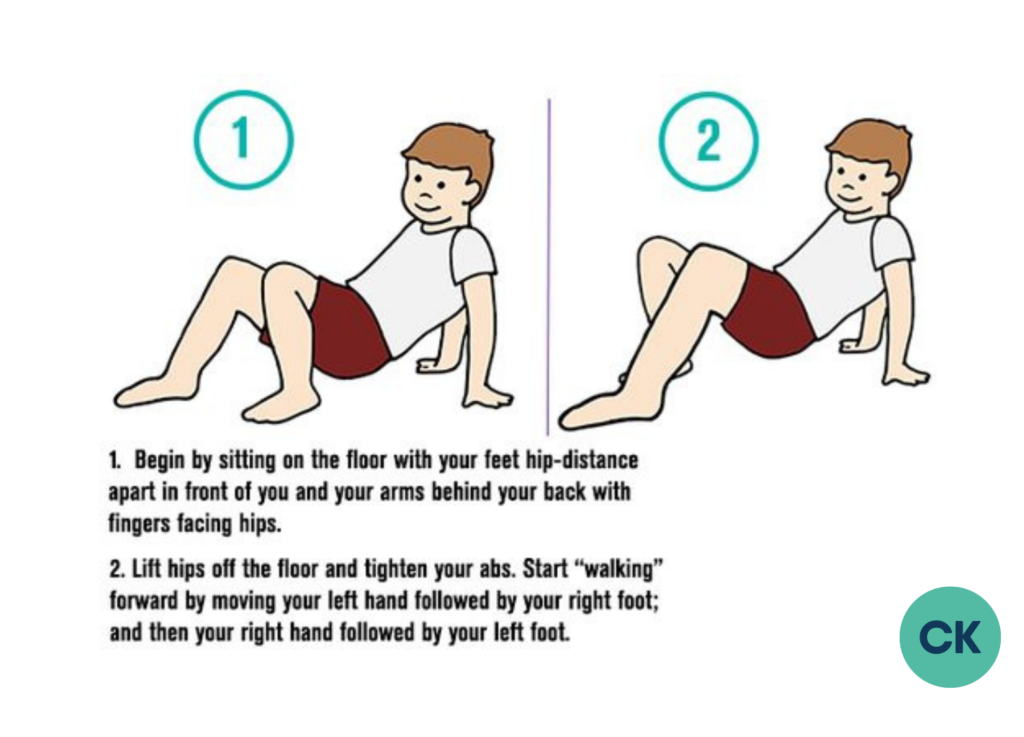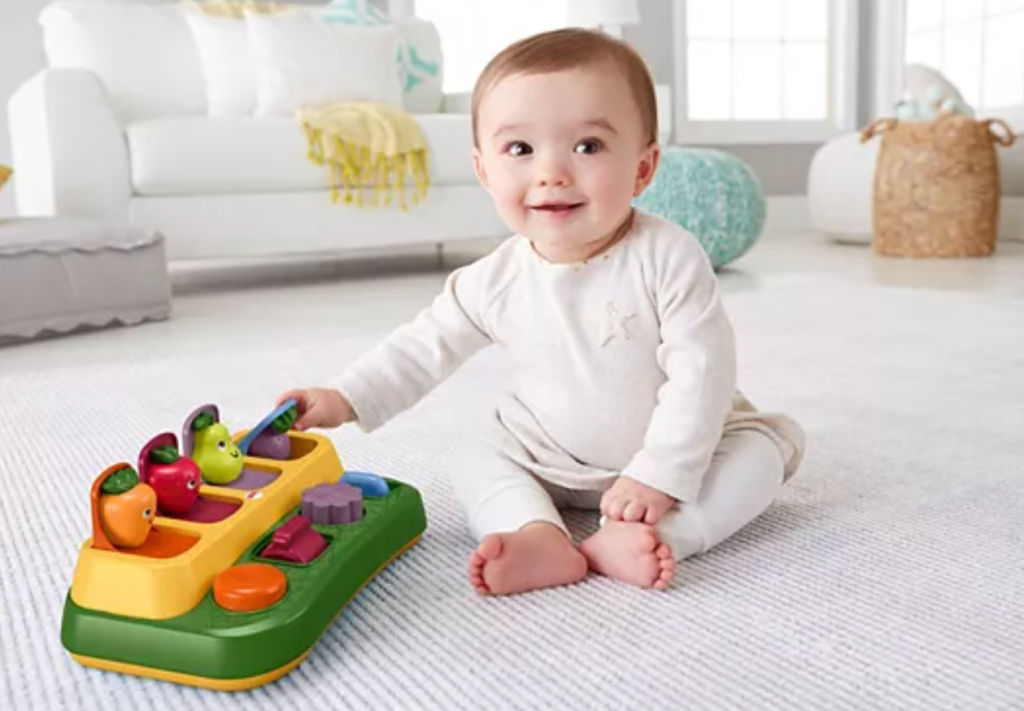Fine Motor Skills, Live Q&A
Which Fine Motor Skill is Most Sophisticated and Develops Last: Q&A with Vivienne Williams
Q&A with Vivienne Williams, Kids Matters Occupational Therapy
View the video replay, or scroll down for the text-only summary.
As a parent of a child with fine motor skills difficulties, can you tell us when which fine motor skill is most sophisticated and develops last?
(1:23)
Vivienne:
It begins in infancy. Around 1-2 months they start grasping and it matures from there forever into adulthood.

What are some ways parents can identify delays in fine motor skills in their child?
(2:14)
Vivienne: There are two steps to this process, and even then it’s quite complex and should be done with the guidance of an experienced occupational therapist.
Step 1: Define what is the functional issue, or the occupational issue the child is having. This could be any of the following, or more!
- Cannot hold a pencil
- Cannot do their buttons on clothing
- Cannot use fork and spoon to feed themselves
- Cannot catch a ball
- Cannot manipulate game pieces
Step 2: Discover the reasons behind the issue. Again, there are many possible reasons that their body is not functioning properly to support the task they’re having difficulty with, such as:
- They don’t have wrist stability to support the muscles to do the work.
- They may have a weak core; their tummy and back muscles can’t hold them up properly.
- They haven’t developed their palmar arches, which allow their hand to curl around objects to grasp.
- Is it finger coordination? Their tripod of thumb, index and middle finger should be able to work together, while the ring and pinky fingers serve to support hand placement.
- Do they have a dominant hand and a helper hand?
- Are their intrinsic hand muscles working together properly?
- Is it visual motor control? Do they have visual tracking abilities to be able to coordinate what they’re seeing with what they’re doing?
So it’s a complex issue that we must tease out the answers to. And on top of each of those, you’ve got physical strength capabilities.
Fine motor strength and gross motor strength play a role in each. That’s why “fine motor skills issues” is such a complex topic in development.
What are some ways parents can help children improve on some of these areas and develop fine motor skills that are lacking?
(4:49)
Vivienne:
-
See an occupational therapist who is trained professionally to observe your child and tease out the heart of the issue and offer specific exercises to develop them more
-
Use the wonderful free resource of the internet. Google what you’re wanting to work on, and you’ll find hundreds of creative and inexpensive ways to incorporate activities that develop fine motor skills.
Here are some of my favorites, according to the specific area of need:
- Wrist stability: wheelbarrow walks, animal walks, hanging from monkey bars or trapeze
- Core strength: Animal walks, tummy time, climbing
- Develop palmar arches: weight-bearing, hanging
- Fine motor activities like:
- beading,
- pegs,
- match sticks,
- play dough,
- spray bottles,
- draw with window crayons and spray it back off again,
- playing in the dirt,
- worksheets,
- dot-to-dots,
- mazes,
- drawing with jumbo chalk on vertical surfaces,
- using different sized markers from chunky markers to thin ones, same with pencils – use shorter ones at first
- Everyday activities:
- get them involved with cooking, with
- dressing themselves and doing just one or two buttons,
- carry dishes to the tables,
- make their beds
This is the natural way we develop our hands; by using them in everyday life.

Above: How to Crab Walk to Develop Wrist Strength
How can parents help their children who have weak hands, such as getting tired with handwriting very quickly?
(9:16)
If it’s a generalized low-tone: Strengthening games and activities for the rest of the child’s life If the weakness is just in the hands specifically: Monkey-bars, wheelbarrow walks, animal walks, hanging, climbing, picking.
Give them a rest when their tired, stretch out the hands and switch the activity loosely, but then go back and do a little bit more to build the strength and tolerance.
Also, check for the appropriateness of the particular task they get tired with:
- How is their posture? Can you change up their body position?
- What is the length of the task?
- Are they using the right tools, or can you try different ones?
- Is there cognitive fatigue going on too?
How has technology had an impact on the development of fine motor skills?
(11:42)
They aren’t getting the complexity of the skills needed to develop proper well-rounded fine motor skills.
- Only using one or two fingers to swipe
- Only using a hand to cup a mouse and click with a finger
See our detailed article: Helping Children Develop Fine Motor Skills in a Digital World
If you have a child that seems to have good fine motor skills as far as doing buttons and holding a pencil properly, but they’re having difficulty with forming letters with writing – how do we approach that?
(13:22)
Vivienne: As an occupational therapist, I would:
- Check their eyes first – can they see properly and are their eyes tracking properly?
- Check their hand-eye coordination & visual-motor integration.
- Practice basic shape drawing first to ensure they can complete the movements necessary to accomplish the shapes that lead up to forming letters.
- Look into bilateral integration, coordinating both sides of the brain.
How can a parent work with their baby to start early on to develop fine motor skills?
(16:01)
- Infants to 1 year: Hand them various sizes and types of rattles. They’ll explore it naturally on their own: dropping it and picking it up, putting it in their mouth, flipping it over.

1 year:
- Encourage them to use a spoon to start feeding themselves
- Messy play: finger painting, sand play, making hand prints
- Scribbling
- Drumming on pots and pans
- Mixing dry rice, sand, and beans with a big spoon (careful for choke hazards)

Over 2 years:
- Big foam puzzles and chunky wood puzzles
- Messy Play, introduce playdough
- Beads
- Inserting buttons and coins into slotted boxes
- Those toys where they have to manipulate buttons in different ways to make a toy pop up: push, twist, turn, etc.
- Playing with their food is messy but great for them to explore with their hands
Follow the age range recommendations on toys – they’ll guide you.
Is it common for a parent to not notice any issues until a child starts school, and suddenly they are struggling with fine motor issues?
(20:20)
Vivienne: Typically, this indicates a cognitive challenge, more so than a mechanical issue.
Grades Year 3 and up increases the cognitive load significantly – punctuation, spelling, grammar. As the cognitive load goes up, the quality of handwriting can go down.
That being said, if there is a sudden or drastic regression, always check it out with a general doctor, because there are definitely issues that can take place.
How does sensory processing disorder affect handwriting?
(22:00)
Vivienne: Sensory defensive children don’t like the feeling of holding objects, including a pencil.
So, they avoid the practice and never develop the fine motor skills because they won’t explore the yucky feeling. Once you treat the sensory defensiveness, the fine motor skills can develop.
Children with sensory overwhelm get too overwhelmed in their environment to try to practice these skills. Children with auditory processing will interfere with the ability to learn sounds and letters.
Sensory under-responsive children don’t get proper feedback to their joints and muscles for them to have appropriate tone and strength and response to the stimulus. They’ll need more effort and time and training to master those skills.
We do use the CoordiKids programs in our therapy practice as well. It includes a sensory motor component, a visual motor component, fine motor development – the CoordiKids courses help kids practice and develop all of these different skills.
Don’t wait to help your child. It affects their self-confidence drastically. Giving them an understanding of why they struggle and how to take control of the problem in practicing specific skills gets them on the positive path of development.
Pingback: Helping Children Develop Fine Motor Skills in a Digital World | CoordiKids
Pingback: CoordiKids Develops Your Brain Towards Mental Accuity - CoordiKids
Pingback: Overstimulated meaning a child with overwhelming sensory inputs